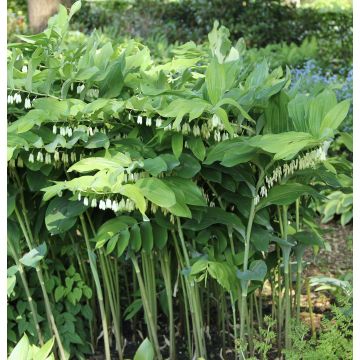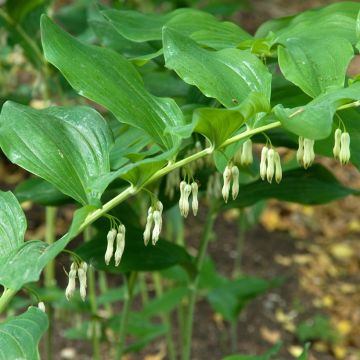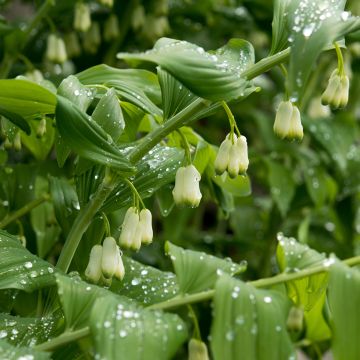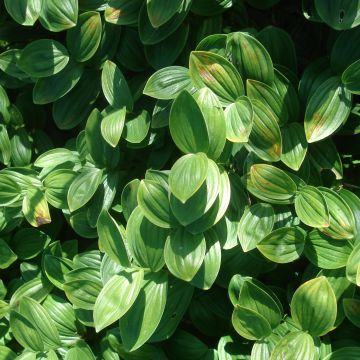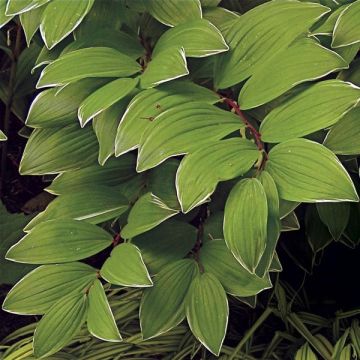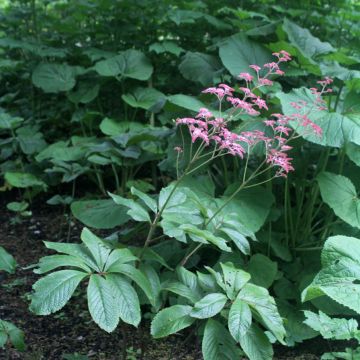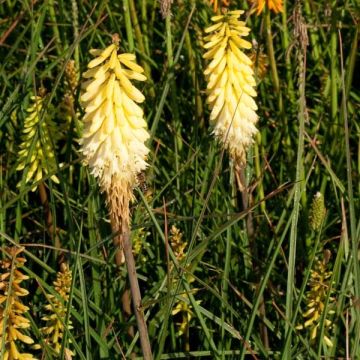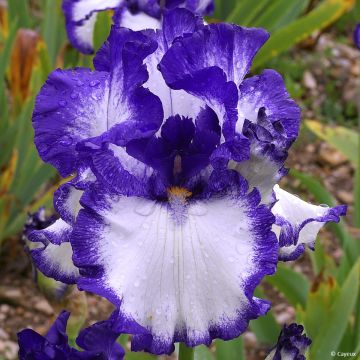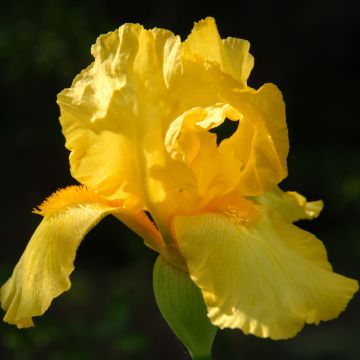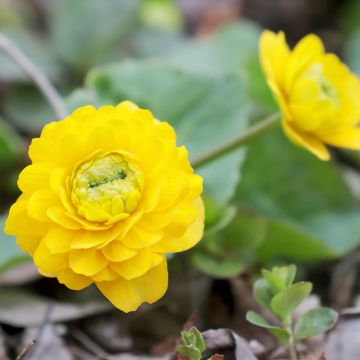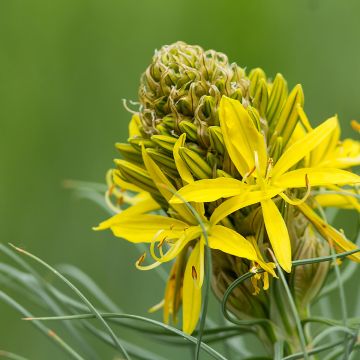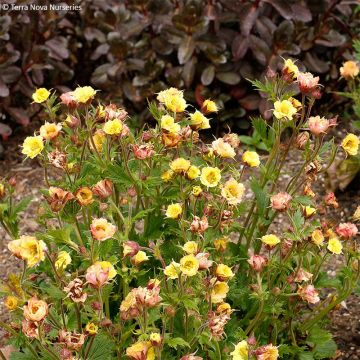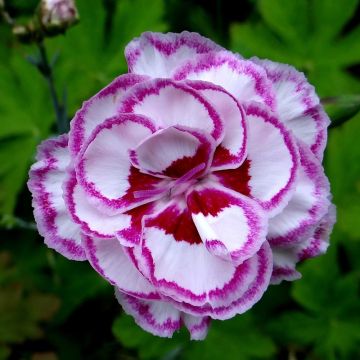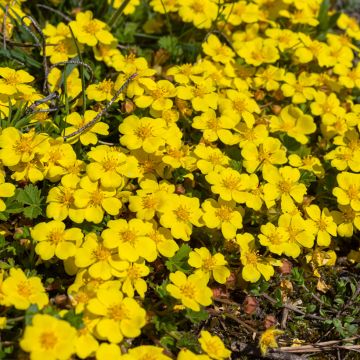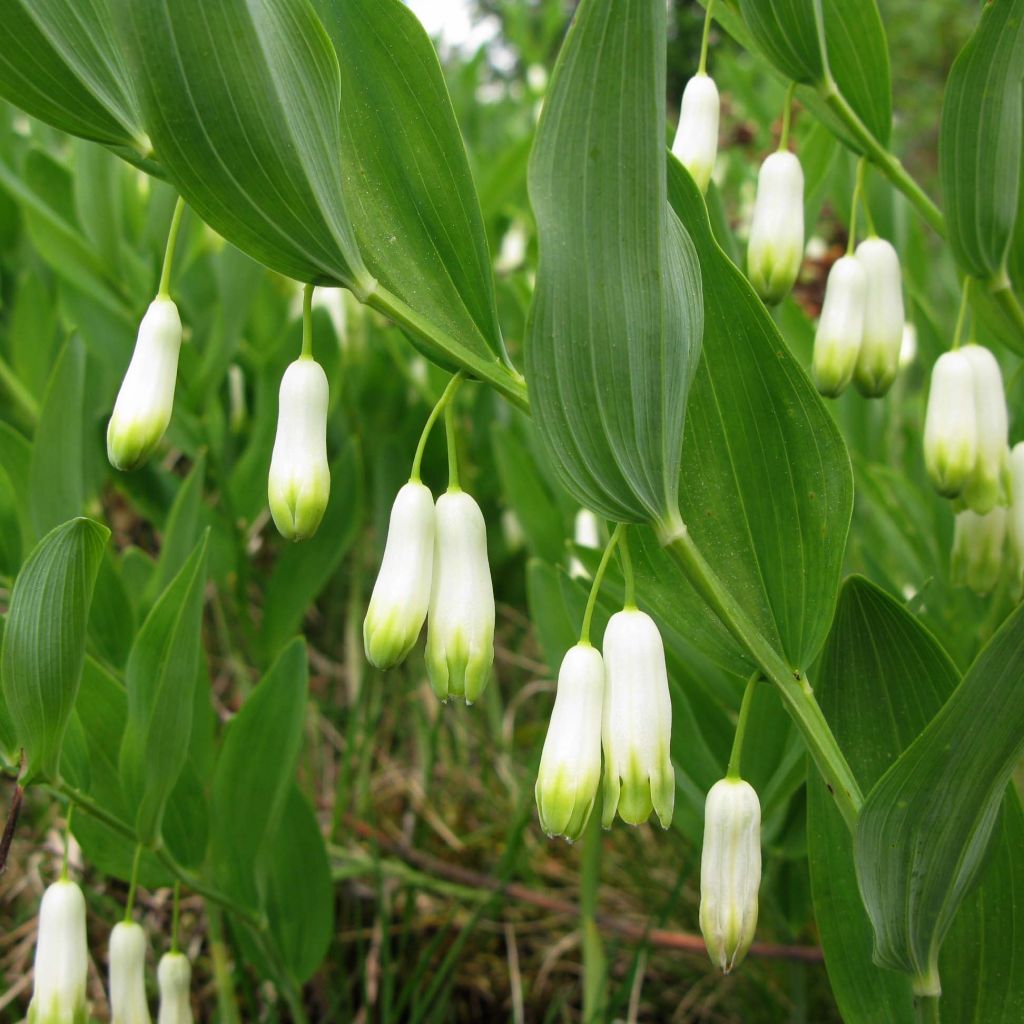

Polygonatum odoratum - Solomon's Seal
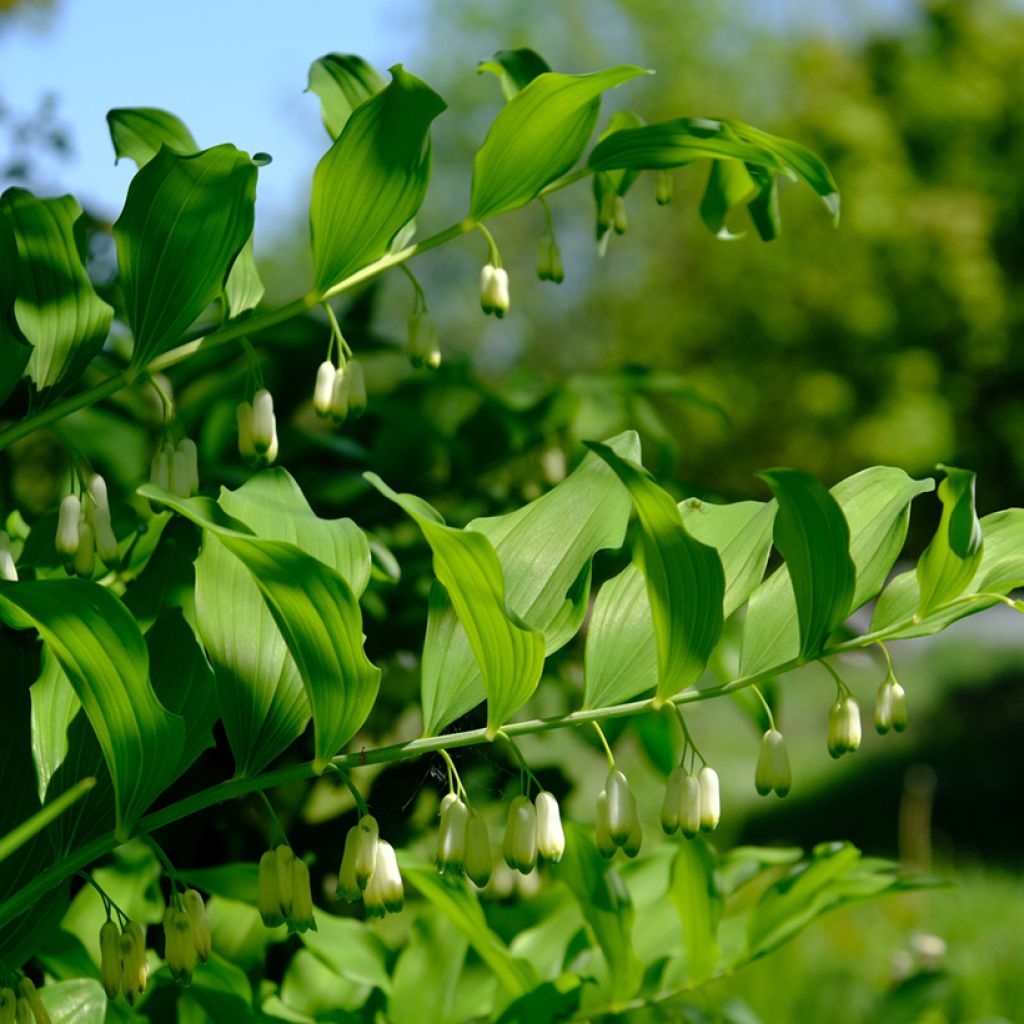

Polygonatum odoratum - Solomon's Seal
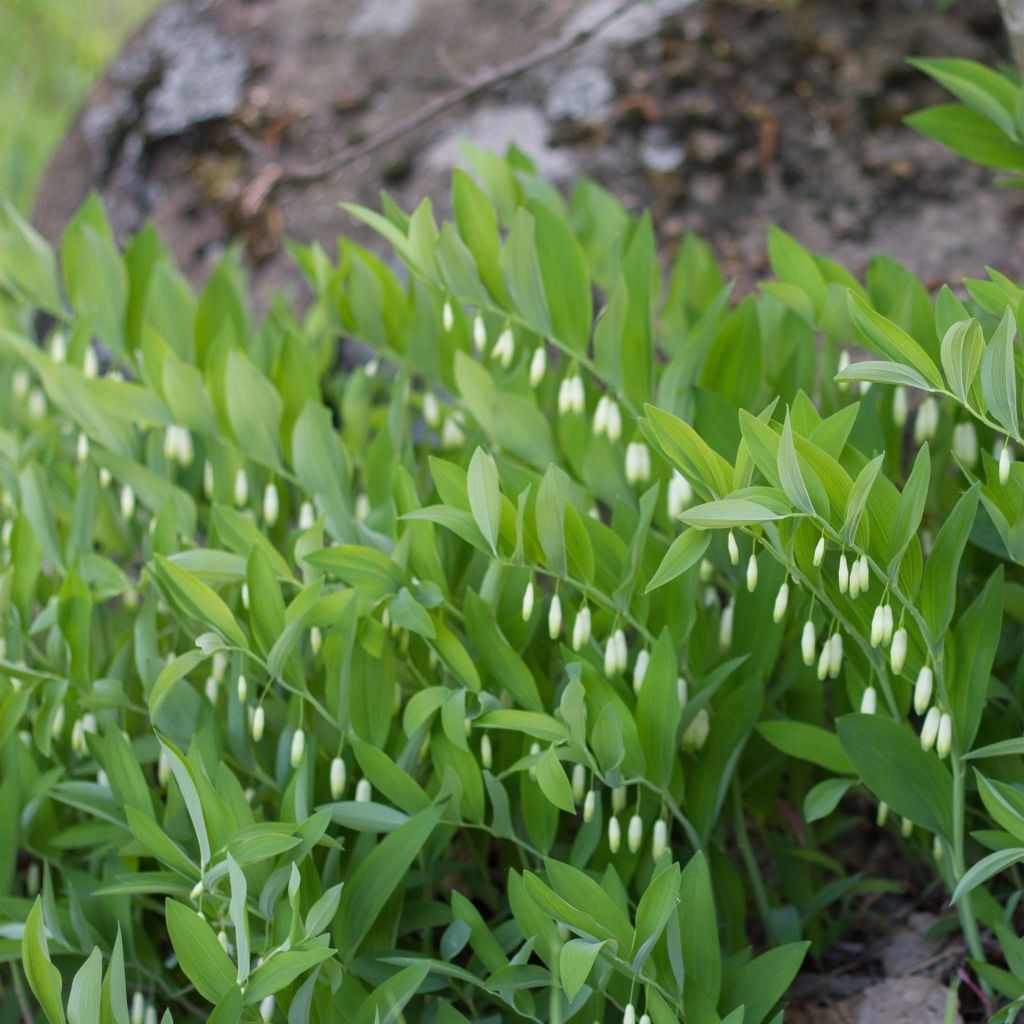

Polygonatum odoratum - Solomon's Seal
Polygonatum odoratum - Solomon's Seal
Polygonatum odoratum
Angular Solomon's seal, Scented Solomon's seal
No scattered flower, one of the shoots arrived very damaged, I'll see if it regrows next year.
Alexandra C., 19/10/2020
This item cannot be shipped to the selected country
Delivery charge from €5.90
More information
Schedule delivery date,
and select date in basket
This plant carries a 12 months recovery warranty
More information
We guarantee the quality of our plants for a full growing cycle, and will replace at our expense any plant that fails to recover under normal climatic and planting conditions.
From €5.90 for pickup delivery and €6.90 for home delivery
Express home delivery from €8.90.
Does this plant fit my garden?
Set up your Plantfit profile →
Description
Polygonatum odoratum, better known as fragrant Solomon's seal, is a botanical species naturally found in the undergrowth. It is a small perennial plant that thrives in shade or partial shade and is particularly easy to acclimatise in the garden in most regions. In spring, it produces subtly scented tubular flowers that hang from slightly curved leafy stems. Almost white, tinged with green at the tips, they resemble long lily-of-the-valley bells and later give way to small blue-black spherical fruits. This small wild plant is perfectly hardy and spreads as a ground cover through its rhizomes, adorning and perfuming the base of spring shrubs, alongside daffodils or snowflakes.
Polygonatum officinale belongs to the Asparagaceae family. It populates our European woodlands. It is an herbaceous perennial plant that develops from a fleshy ochre-coloured rhizome and produces upward-angled, leafy stems in spring. These stems are both erect and trailing, averaging around 40cm (16in) in height (30 to 50cm (12 to 20in) depending on growing conditions). Over time, this Solomon's seal will form colonies that cover at least 60cm (24in) of the ground. The foliage is deciduous, and the oval-shaped leaves are arranged in two opposite rows. The lamina is a shiny dark green. The leaves measure 4 to 8cm (2 to 3in) long, have a lanceolate oval shape, and prominent veins. Flowering occurs from April to June, depending on the climate, with tubular flowers topped with dark green, 1 to 2cm (1in) long. The pendant blooms are solitary or paired and arise from the axils of the leaves. The scent of the flowers can vary. They are followed by blue-black spherical fruits measuring 2 to 6mm (0.3in) in diameter. The plant goes dormant at the end of summer. Like lily-of-the-valley, Solomon's seal is a very pretty but toxic plant, so be cautious if there are curious little explorers in your garden.
Although it may be a bit slow to establish, this Solomon's seal is nevertheless faithful, long-lived, and requires very little care. It tolerates root competition from trees and shrubs. It can be planted in woodlands or dappled sunlight (introduce several plants in a small area) to accompany the spring blooms of magnolias, kolwitzia, deutzias, spireas, lilacs, flowering cherries, and apple trees. In borders, plant it at the base of shrubs with Anemone 'Robinsoniana', macleayas, Anemone blanda, and golden yellow ranunculus. In nature, Solomon's seal often grows alongside lily-of-the-valley. Do the same and enhance this beautiful woodland scene by adding daffodils, snowdrops, snowflakes, and blue scillas, which will take over once the Solomon's seal has finished flowering.
The most common explanation for the name "Solomon's seal" comes from the appearance of the scars left on the rhizomes once the flower stalks have dried, which resemble King Solomon and King David's six-pointed seal. King Solomon is also said to have discovered the medicinal properties of polygonatum. Nowadays, the distilled sap from the rhizomes is still used in cosmetics.
Report an error about the product description
Polygonatum odoratum - Solomon's Seal in pictures
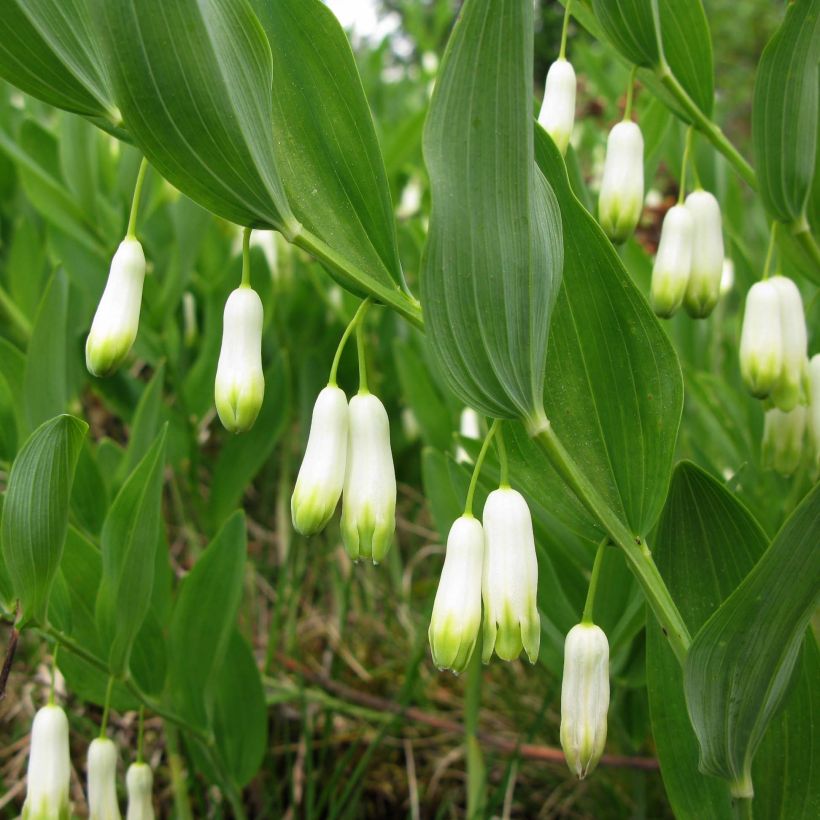

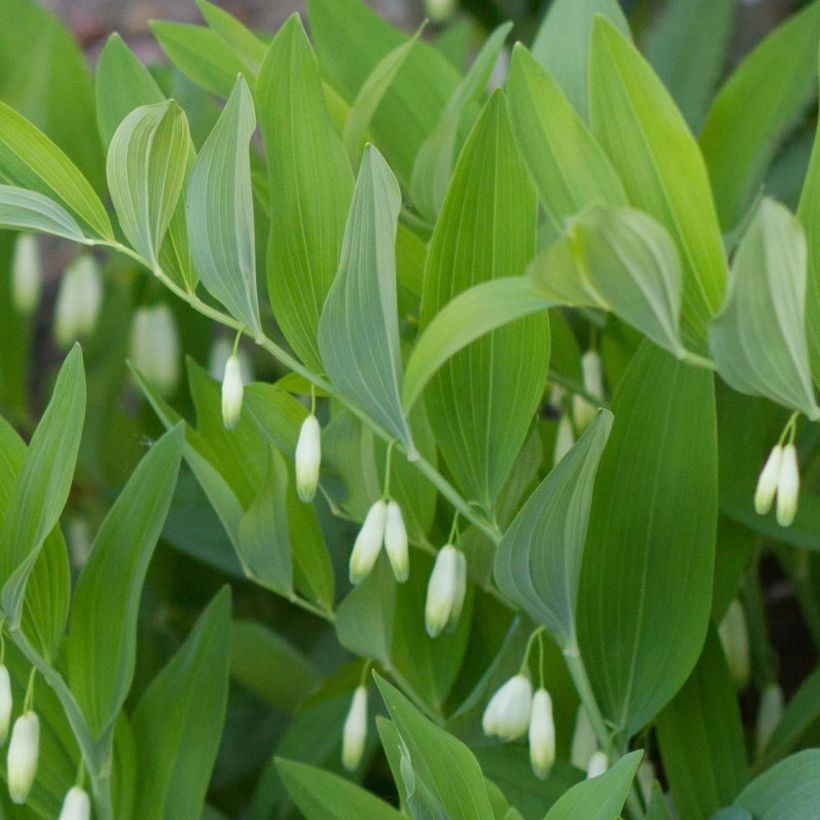

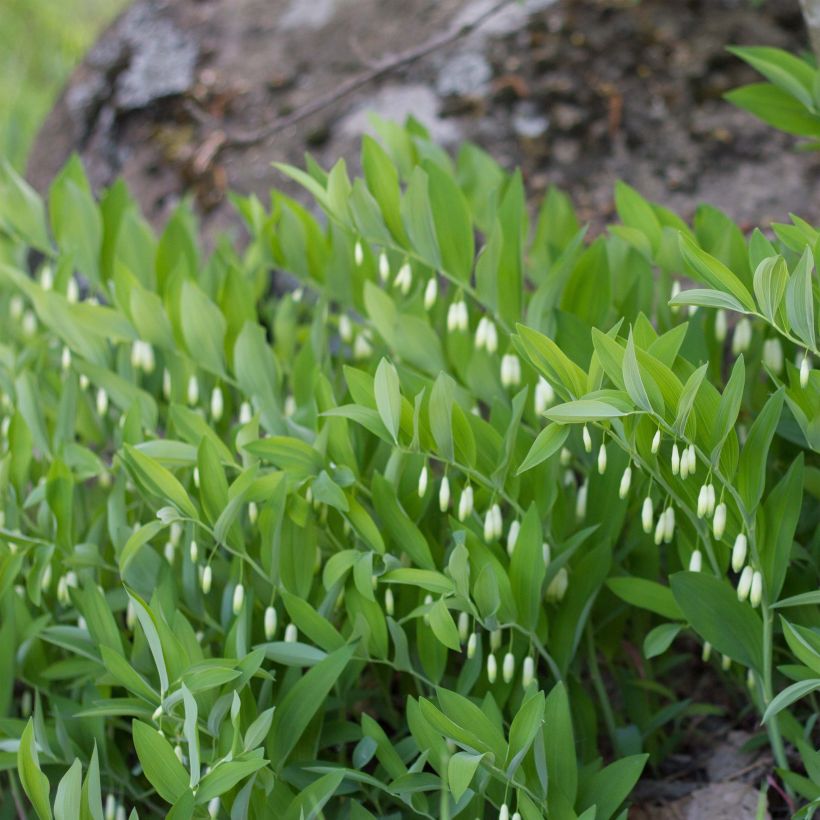

Flowering
Foliage
Plant habit
Botanical data
Polygonatum
odoratum
Liliaceae (Asparagaceae)
Angular Solomon's seal, Scented Solomon's seal
Western Europe
Other Polygonatum - Solomon's Seal
Planting and care
Polygonatum odoratum appreciates rich, light, humus-bearing soils, like those found in the undergrowth. It shows a preference for soils with a tendency towards limestone. It also prefers well-drained soils that remain moist, although it is perfectly capable of withstanding hot and relatively dry summers if it grows in deep and shaded soil. Plant it from July to September. Place it in partial shade or not too dense shade. It is sometimes susceptible to attacks from gastropods and whiteflies. Divide the clumps in spring.
Planting period
Intended location
Care
-
, onOrder confirmed
Reply from on Promesse de fleurs
Spring flowering perennials
Haven't found what you were looking for?
Hardiness is the lowest winter temperature a plant can endure without suffering serious damage or even dying. However, hardiness is affected by location (a sheltered area, such as a patio), protection (winter cover) and soil type (hardiness is improved by well-drained soil).

Photo Sharing Terms & Conditions
In order to encourage gardeners to interact and share their experiences, Promesse de fleurs offers various media enabling content to be uploaded onto its Site - in particular via the ‘Photo sharing’ module.
The User agrees to refrain from:
- Posting any content that is illegal, prejudicial, insulting, racist, inciteful to hatred, revisionist, contrary to public decency, that infringes on privacy or on the privacy rights of third parties, in particular the publicity rights of persons and goods, intellectual property rights, or the right to privacy.
- Submitting content on behalf of a third party;
- Impersonate the identity of a third party and/or publish any personal information about a third party;
In general, the User undertakes to refrain from any unethical behaviour.
All Content (in particular text, comments, files, images, photos, videos, creative works, etc.), which may be subject to property or intellectual property rights, image or other private rights, shall remain the property of the User, subject to the limited rights granted by the terms of the licence granted by Promesse de fleurs as stated below. Users are at liberty to publish or not to publish such Content on the Site, notably via the ‘Photo Sharing’ facility, and accept that this Content shall be made public and freely accessible, notably on the Internet.
Users further acknowledge, undertake to have ,and guarantee that they hold all necessary rights and permissions to publish such material on the Site, in particular with regard to the legislation in force pertaining to any privacy, property, intellectual property, image, or contractual rights, or rights of any other nature. By publishing such Content on the Site, Users acknowledge accepting full liability as publishers of the Content within the meaning of the law, and grant Promesse de fleurs, free of charge, an inclusive, worldwide licence for the said Content for the entire duration of its publication, including all reproduction, representation, up/downloading, displaying, performing, transmission, and storage rights.
Users also grant permission for their name to be linked to the Content and accept that this link may not always be made available.
By engaging in posting material, Users consent to their Content becoming automatically accessible on the Internet, in particular on other sites and/or blogs and/or web pages of the Promesse de fleurs site, including in particular social pages and the Promesse de fleurs catalogue.
Users may secure the removal of entrusted content free of charge by issuing a simple request via our contact form.
The flowering period indicated on our website applies to countries and regions located in USDA zone 8 (France, the United Kingdom, Ireland, the Netherlands, etc.)
It will vary according to where you live:
- In zones 9 to 10 (Italy, Spain, Greece, etc.), flowering will occur about 2 to 4 weeks earlier.
- In zones 6 to 7 (Germany, Poland, Slovenia, and lower mountainous regions), flowering will be delayed by 2 to 3 weeks.
- In zone 5 (Central Europe, Scandinavia), blooming will be delayed by 3 to 5 weeks.
In temperate climates, pruning of spring-flowering shrubs (forsythia, spireas, etc.) should be done just after flowering.
Pruning of summer-flowering shrubs (Indian Lilac, Perovskia, etc.) can be done in winter or spring.
In cold regions as well as with frost-sensitive plants, avoid pruning too early when severe frosts may still occur.
The planting period indicated on our website applies to countries and regions located in USDA zone 8 (France, United Kingdom, Ireland, Netherlands).
It will vary according to where you live:
- In Mediterranean zones (Marseille, Madrid, Milan, etc.), autumn and winter are the best planting periods.
- In continental zones (Strasbourg, Munich, Vienna, etc.), delay planting by 2 to 3 weeks in spring and bring it forward by 2 to 4 weeks in autumn.
- In mountainous regions (the Alps, Pyrenees, Carpathians, etc.), it is best to plant in late spring (May-June) or late summer (August-September).
The harvesting period indicated on our website applies to countries and regions in USDA zone 8 (France, England, Ireland, the Netherlands).
In colder areas (Scandinavia, Poland, Austria...) fruit and vegetable harvests are likely to be delayed by 3-4 weeks.
In warmer areas (Italy, Spain, Greece, etc.), harvesting will probably take place earlier, depending on weather conditions.
The sowing periods indicated on our website apply to countries and regions within USDA Zone 8 (France, UK, Ireland, Netherlands).
In colder areas (Scandinavia, Poland, Austria...), delay any outdoor sowing by 3-4 weeks, or sow under glass.
In warmer climes (Italy, Spain, Greece, etc.), bring outdoor sowing forward by a few weeks.

































